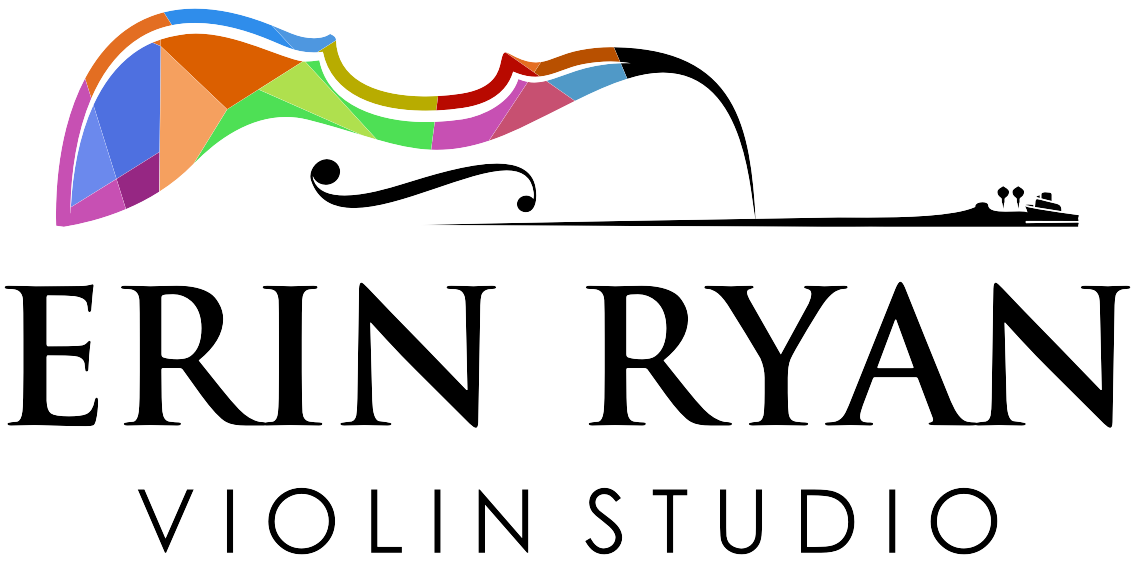The holidays are here -- that means it's primetime for live musical performances of all kinds! This is an especially wonderful time for students to get out there and share their gifts with the world! Who doesn't love a little live Christmas music? Below are my favorite 5 holiday performing opportunities: 5.) School music performances
For the younger students, this may be their very first performance opportunity, as students who began learning their instruments in September are ready to perform a few short tunes!
4.) Performing at a retirement or assisted living community
This is a great opportunity for kids to share their gifts and visit our senior citizens! Call around and offer to perform as a small ensemble or a group of soloists during the holidays. These facilities almost always welcome live music.
3.) In-home performances for friends and family
Chamber music as it was meant to be played: in the home! What better time to share your music with relatives and friends than when they're visiting for the holidays?
2.) Religious services
This time of year is filled with religious services of all types. String instruments are especially lovely during the more solemn occasions leading up to Christmas: Advent services, Lessons & Carols services, or Midnight Mass.
1.) "Caroling" at a local hospital
The cold wintry weather is not friendly to string instruments, so opt for sharing your musical gifts with others indoors. This is one of my personal favorite Christmas memories: During my high school years, a friend and I would get together on Christmas Day, learn melody and harmony to our favorite Christmas carols, and stroll through the hallways of our local hospital for an hour or two. The families and staff at the hospital on Christmas were always so very appreciative of the music. The feelings of Christmas goodwill and warmth were present in everyone we met.
Here's hoping you're able to share your musical gifts with the world this holiday season!

